
New clients, unlock 10% off all plans 🔥 at checkout with code: CEO10SPECIAL (Limited Time Offer)
New clients, unlock 10% off all plans 🔥 at checkout with code: CEO10SPECIAL (Limited Time Offer)







ATS resume writing significantly improves the likelihood of your resume catching the eye of potential employers.
We fine-tune these resumes by considering multiple factors, including layout, design, and keyword optimization, all aimed at achieving a high ranking in ATS scans.
In this article, we will explore ATS resumes: what they entail, why they hold such significance, and how to craft one effectively, with the help of sample templates.
Before we delve further into the world of job searching, it’s essential to mentally prepare yourself for certain realities. These key points are worth noting:
Unfortunately, statistics show that more than 70% of job application do not pass this initial screening.
Getting your resume parse the applicant tracking systems is not difficult. In this article, we’re going to teach you all you need to know about building a job winning resume.
An Applicant Tracking System (ATS) is specialized software that employers employ to oversee the entire application process. This system is tasked with collecting, scanning, and ranking all submitted applications based on specific programmed criteria.
According to Wikipedia, “An applicant tracking system (ATS) is software that facilitates the electronic handling of recruitment and hiring requirements.”
ATS solutions can be implemented and accessed online, catering to both enterprise-level and small business needs. Additionally, there is free and open-source ATS software available for use.
An ATS bears a striking resemblance to Customer Relationship Management (CRM) systems, albeit tailored for the distinct purpose of tracking recruitment activities.
In many instances, these systems automatically filter applications based on predefined prerequisites, such as keywords, skills, previous employers, years of experience, and educational backgrounds.
Consequently, resume specialists have begun adopting resume optimization techniques reminiscent of those applied in search engine optimization to enhance their resume creation and formatting.
Originally, ATSs were developed primarily for larger corporations, evident in the statistics according to Forbes: 75% of large companies employ ATSs due to the inundation of thousands of applications for a single job opening.
However, in today’s job market, the scenario has evolved. Firms of all sizes and industries now harness ATS technology for their recruitment needs, with over 98% of Fortune 500 companies utilizing these systems.
Find out: How to Get More Results with a C.A.R. Resume
Companies of all sizes use Applicant Tracking Systems (ATS) to select resumes from applicants to fill at least 70% of their job openings.
As a job seeker, you may not appreciate this system since it tends to reject resumes, lacking human judgment.
Nevertheless, disregarding this system means you would be excluding yourself from nearly 70% of potential job opportunities. Therefore, as a job seeker, it’s essential to stay updated on the latest developments in this area.
While you might prefer to work for a company that doesn’t employ ATS compared to those that do, it could be counterproductive.
Many companies have been compelled to adopt ATS for their recruitment due to the volume of applicants or government policies.
Approximately 96% of recruiters claim that using ATS has significantly benefited their companies for several reasons:
1. It proves highly productive for companies:
This system significantly streamlines the time and energy-intensive process of sifting through stacks of resumes. The online system simplifies and organizes the process, efficiently narrowing down the flood of applications.
By employing ATS systems, companies enhance their efficiency. Employment information for each candidate and job can now be accessed swiftly through the internet, saving time, reducing errors, and ensuring accurate tracking of individual applications.
2. Compliance with government reporting requirements
Over time, there has been an increase in reporting requirements for job applicants, including information on race and disabilities to ensure compliance with Equal Employment Opportunity (EEO) regulations by the US government.
Companies can easily comply with these government requirements by utilizing ATS systems. Additionally, by choosing to interview only candidates selected by the “impartial” ATS systems, companies shield themselves from potential discrimination claims from job candidates.
The system is unbiased, ignoring factors such as age, gender, ethnicity, or race that human decision-makers might consider. In other words, the system maintains impartiality.
3. Handling a high volume of applicants
The internet has transformed the job market into a global arena, leading companies to receive hundreds of thousands of applications when they post job openings.
Many applicants submit their resumes for various online job opportunities, regardless of their qualifications.
If a company were to manually review thousands of resumes for a single job posting, it would be an impractical and labor-intensive task.
To illustrate further, imagine a company with about a thousand resumes to review, each taking an average of 3 minutes to assess. It would require about 3000 minutes, equivalent to 40 hours, just to review the initial batch of resumes.
As a result, as the number of applicants surged due to the internet, companies began adopting ATS systems. These systems utilize algorithms to search for keywords indicating possession of the essential job skills, significantly reducing the number of resumes requiring human review and allowing for more thorough examination.
Even if this method eliminates a few qualified candidates, as long as the company can identify a suitable candidate for the job, it enhances efficiency without compromising their ability to fill the position.
Find out: Is Canva Good for Resumes?
Allow us to provide you with a structured overview of how the ATS system operates:
Firstly, the system initiates the creation of a job posting for the company.
Subsequently, it disseminates this posting across various channels, including company websites, job boards, hiring platforms, and emails.
Upon receiving a job application, the system promptly conducts a thorough scan.
The ATS system then categorizes the resume into distinct sections, encompassing Education, Skills, Work Experience, Languages, Certifications, Awards, and Recognitions, among others.
To assess your alignment with the job requirements, the system meticulously searches for specific keywords and qualifications.
An example will give us a better illustration:
You are applying for a graphic director position. Your resume summary writes:
“Very creative graphic designer with 7 years’ experience in creating, editing videos and animation contents. Proven experience with 90% customers satisfaction and strong background in company branding.”
ATS reads:
Then, matches it to their list of requirements:
If your resume does not match with the basic requirements, it automatically gets discarded. But if it does, then it get ranked by relevance (i.e. the best resume goes on top of the employers’ list)
Now that you’ve gained an understanding of how ATS functions, let us now impart the knowledge of how to outsmart it. Here’s a systematic approach to crafting a resume that seamlessly navigates the ATS:
Are you a recent graduate or perhaps new to the job market? It might be prudent to peruse our guide differentiating CVs from resumes and exploring their commonalities before delving into the intricacies of ATS optimization!
The most accessible format for an ATS to interpret is the reverse-chronological style. This format places your work experience in the spotlight, positioning it at the page’s forefront. It subsequently arranges your experiences in descending order of relevance.
The sample template below, curated by our resume specialist, accentuates work experience under the title “Growth Trajectory & Value Creation.“
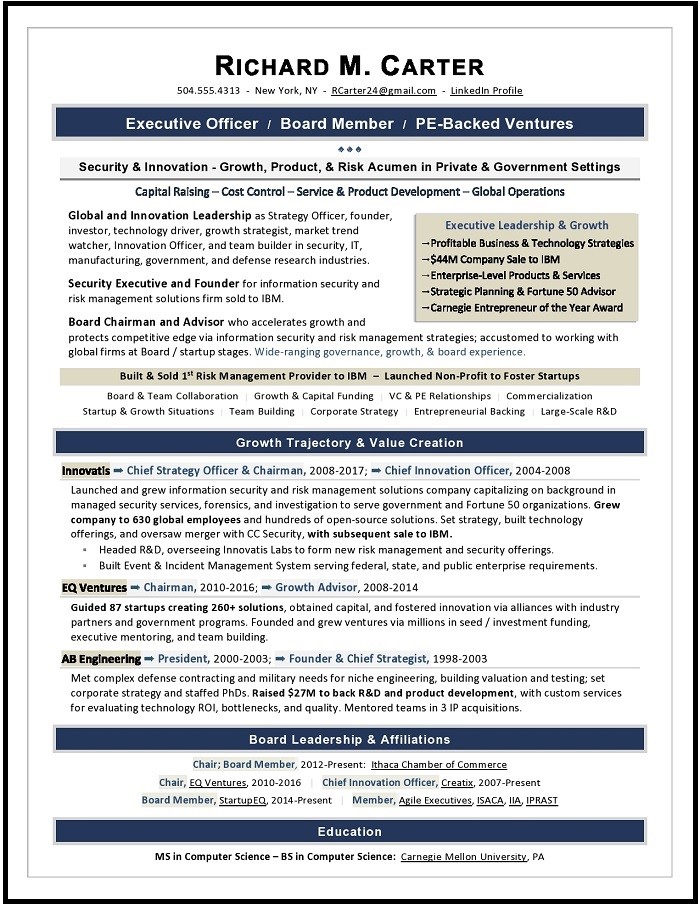
For certain reasons, this format reigns as the preferred choice among recruiters. In nearly 99.8% of cases, the reverse-chronological resume boasts the most effective layout to adopt.
Opt for a PDF file as it boasts universality, rendering it compatible with most ATS systems. This choice ensures your resume maintains its design and formatting impeccably.
Remarkably, a PDF file excels at preserving your resume’s layout and aesthetics.
Nevertheless, certain applicant tracking systems, especially the antiquated ones, struggle with PDF files. It is imperative to meticulously examine the job advertisement before proceeding with your application.
If the job posting explicitly specifies submitting a .doc file, this indicates their ATS cannot process PDFs. Therefore, it becomes vital to present your resume in the .doc format.
Find out: How to Write a Resume with No Work Experience
Many applications face rejection due to resumes written in templates that ATS systems cannot interpret.
Even the fanciest templates, which may have cost you a substantial amount, could get muddled by the ATS system. Consequently, it’s crucial to select a well-established, ATS-friendly template that has stood the test of time.
Our resumes are collaboratively crafted with input from recruiters and employers, ensuring the creation of an exceptional resume.
Opt for a straightforward, common font. Employ larger font sizes for headers and smaller ones for the main content.
Ensure that you select clear and concise bullet points to lend your resume a professional touch.
Your best bet is to use solid circle or square bullet points, as complex characters could pose compatibility issues with an ATS system.
Here’s an example of how a proper entry should appear:
| Languages French – Full proficiency Latin – Intermediate |
Most individuals possessing common sense seem to recognize this principle, yet we shall emphasize it nonetheless.
Make it a point to categorize your work experience under the heading ‘Experience, Career Trajectory or Milestones etc.’ your skills under ‘Skills, Highlights, etc.’ your educational background under a dedicated section, and so forth.
This is the sole method through which ATS comprehends the content it is processing. Quite ingenious, isn’t it?
In essence, we can define keywords as words or concise phrases directly linked to the precise qualifications sought for a job.
The Applicant Tracking System diligently scans for these keywords to pinpoint the most suitable candidates for the job opportunity.
Consequently, the greater the number of keywords incorporated within your resume, the higher your probability of being selected by the system.
Now, let us guide you through the process of crafting a keyword-rich resume that successfully navigates the screening process.
To identify the most pertinent keywords, carefully review the job advertisement for the position you are seeking
There are two kinds of keywords that you should look out for:
(1) Job-related skills
(2) Action verbs
Your job-related skills represent your primary qualifications and characteristics for the position. These encompass areas such as software development, research, human resource management, data analysis, problem-solving, and more.
Action verbs serve as indicators that you’ve achieved remarkable feats and excelled in your chosen role. As a result of your valuable contributions to the organizations you’ve been a part of, you’ve earned recognition. Examples of such verbs include Developed, Maximized, Managed, Led, Innovated, or Invented, among others.
When you’ve carefully reviewed the job posting or advertisements, create a comprehensive list of these keywords and incorporate them into your resume.
However, it’s essential to note that these keywords should be seamlessly integrated into your document, not haphazardly scattered throughout.
Remember, your resume will be reviewed by human eyes once it successfully passes through the ATS (Applicant Tracking System).
| Quick Tip > Do not make use of acronyms. Some ATS systems do not understand abbreviated words. Spelling the word out and adding their acronym is best practice. E.g., Master of Science (MSc.) |
Now let us look at a practical example below:
Here’s a practical example, and the most crucial keywords from the job ad are highlighted in bold. As you observe, it’s possible to group words for each section of the resume.
| Social Media Expert Job Ad |
| We are searching out a focused expert on social media to draw and connect with targeted members of online communities, platforms, and networks. Responsibilities: > Develop and execute social media strategy through competitive analysis, network commitment, benchmarking, communication and audience recognition. > Generate, edit, publish and distribute regular content (original text, images, video, or HTML) which creates meaningful connections and encourages community members to take action. > Develop constantly by collecting and analyzing appropriate social data/metrics, ideas, and best practices and then acting on it. > Work with other departments (customer relations, marketing, etc.) to maintain credibility, identify key players, and coordinate activities. Requirements: > Good consulting, reporting, editing (photo/video/text), presentation and communication skills > 4+ years of social networking expertise and social research software knowledge > Adequate knowledge of web design, web development, CRO and SEO. > Knowledge of online marketing and a good understanding of major social media platforms. |
For example, keywords like collecting & analyzing, develop, and execute can be used in the work experience section. While under the skill section, you will ensure to list the skills that the job ad requires, like: CRO, SEO, COMMUNICATION, SOCIAL NETWORKING.
Other keywords such as software knowledge, studies in communication, marketing, can fall under the Education and Skill section.
This is what a winning example of an ATS resume should resemble. We pledged to present six (6) such examples, and now, as promised, we are delivering below:
ATS RESUME SAMPLE 1

ATS RESUME SAMPLE 2
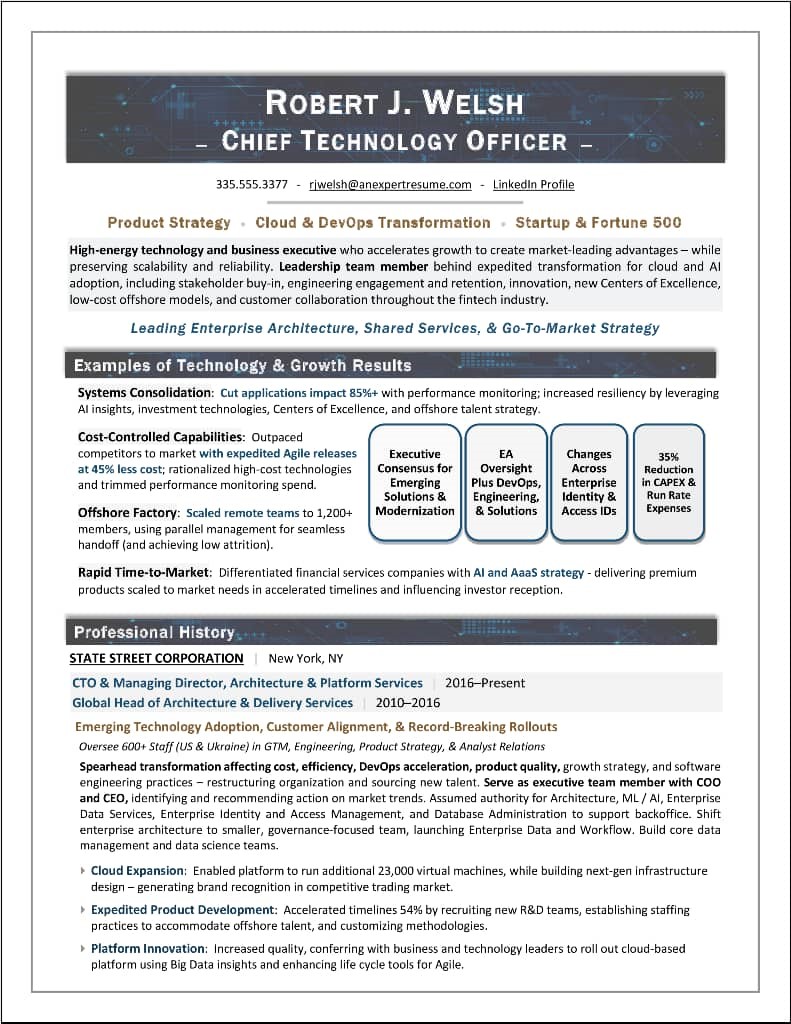
ATS RESUME SAMPLE 3
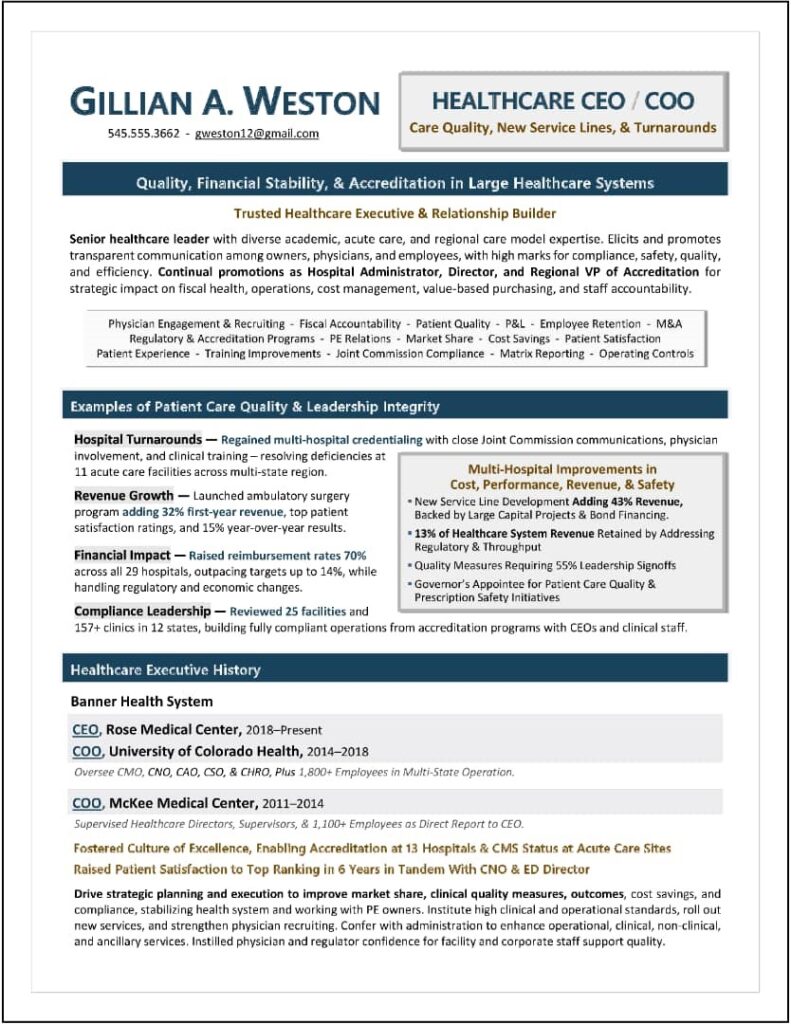
ATS RESUME SAMPLE 4
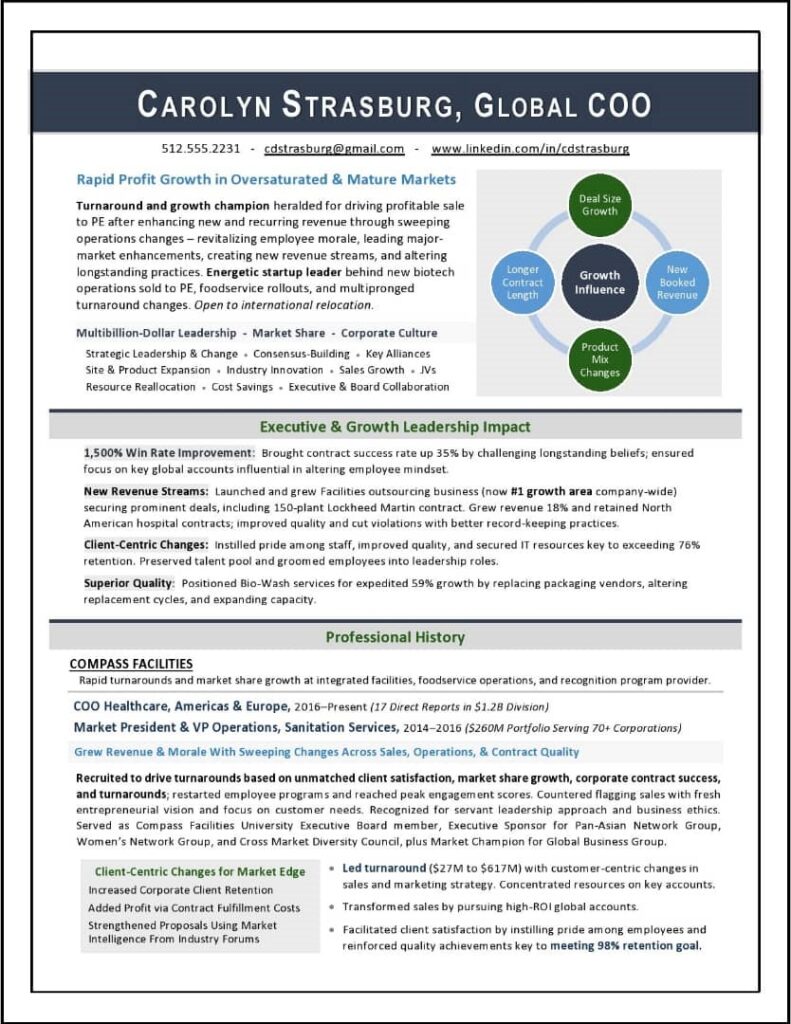
ATS RESUME SAMPLE 5
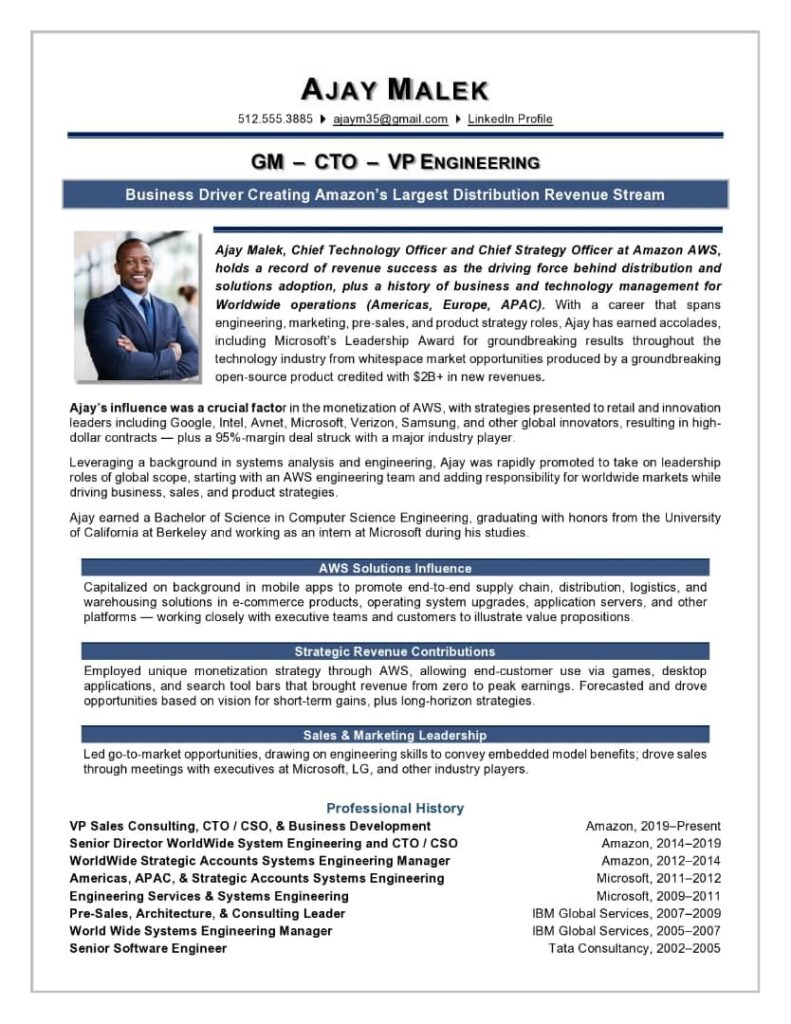
ATS RESUME SAMPLE 6

In high school mathematics class, we often reviewed our solutions to arithmetic problems to ensure we followed the correct approach.
This same principle applies here. After meticulously crafting your ATS-friendly resume, there’s a simple way to confirm its compatibility with an ATS system.
First, copy the content of your resume and paste it into a plain-text document. Then, input it into Jobscan.
Next, paste the job description you’re applying for and click ‘scan!’
The software will highlight any deficiencies in your resume.
In conclusion, this article has shed light on the fact that most companies employ Application Tracking Systems (ATS) to streamline their application processes. These powerful systems collect, scan, and rank entire resumes.
It’s worth noting that this tool primarily benefits recruiters rather than job seekers. Approximately 85% of applicants fail to pass through the system, often because they lack the knowledge to create ATS-friendly resumes.
An ATS-friendly resume should feature simple fonts, designs, layouts, and the use of bullet points.
Crucially, you must remember that keywords are pivotal. ATS scans documents for keywords, so tailor your resume by incorporating relevant keywords from the job posting and organizing them into appropriate categories.
How valuable is this comprehensive guide to crafting an ATS-friendly resume? Please leave a comment below to share your thoughts. We appreciate your contributions as we continually strive to improve.
Ready to secure that dream job? You’ll need more than just any resume; you’ll need a metrics-driven ATS resume expertly crafted by our professional resume writers. We guarantee you’ll receive three times as many job interviews within 60 days, or we’ll rewrite your resume for FREE! Give your resume the boost it deserves. Utilize our resume writing services today!
Share
Further Reading
*The names and logos of the companies referred to in this page are all trademarks of their respective holders. Unless specifically stated otherwise, such references are not intended to imply any affiliation or association with CEOMichaelHR.
Land interviews 3x faster while submitting fewer resumes
Copyright © 2023, ceomichaelhr.com.
All rights reserved.
Land interviews 3x faster while submitting fewer resumes
Copyright © 2023, ceomichaelhr.com.
All rights reserved.

Learn the same techniques our expert resume writers have used to get thousands of clients closer to their next job
Unlock expert resume tips, start landing multiple interviews!

Stay connected to receive powerful career insights, updates, and inspiration that’ll help you hit your 2023 career goals.